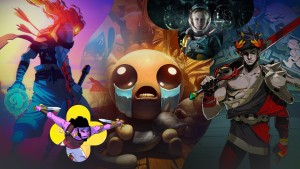Please support Game Informer. Print magazine subscriptions are less than $2 per issue
Ten Games That Came Back From (Development) Hell
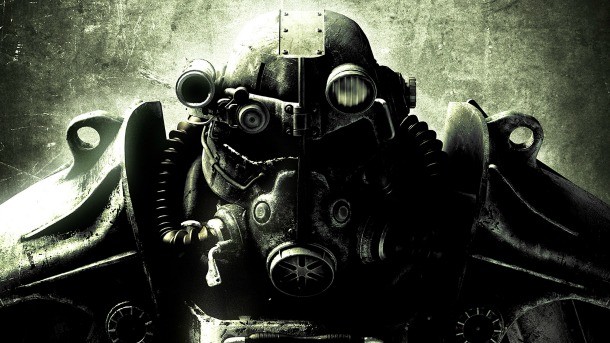
Making a game is never easy. Developers and publishers are subject to time, cost, and human resources constraints, just like other major entertainment media. Ideally, most games would go from conception to development to publication with few hitches. But some seem to hit every possible roadblock, resulting in a sort of limbo known as “development hell.”
Here are ten games that eventually crawled back from development hell and saw the light of day, despite being beset with often exhaustive development issues.
Super Mario World 2: Yoshi’s Island (~1991 – 1995)
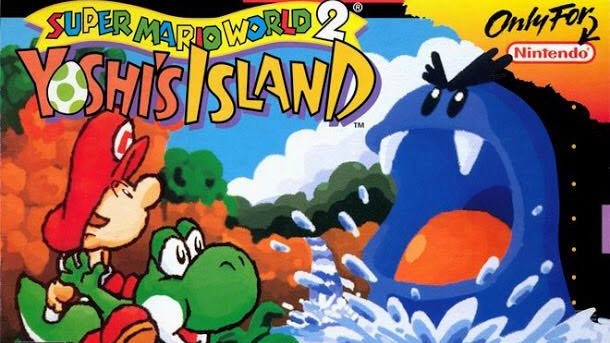
The follow-up to the SNES original Super Mario World went into development almost immediately after its predecessor’s completion. It was on track to release when Nintendo executives ordered the game’s producer, Shigeru Miyamoto, to shift the game’s visual style toward that used in the recently-released Donkey Kong Country. Believing in the uniqueness of his project, Miyamoto drew up cartoonish designs meant to evoke the strokes of felt pens and permanent markers. The style, seen in the finished project, was accepted by the company and resulted in one of the most iconic visual styles in the Mario series.
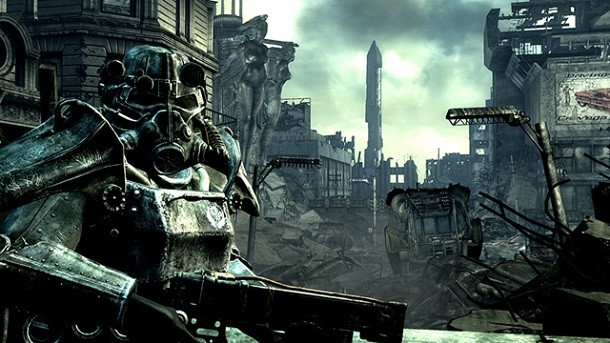
Fallout 3 (2003 – 2008)
Before Bethesda Softworks took the reins of the franchise, Fallout 3 started as a continuation of the series codenamed “Van Buren,” developed by Black Isle Studios. During development of Van Buren, publisher Interplay Entertainment laid off the PC development team and sold the single-player rights to the Fallout franchise to Bethesda. Under Bethesda’s care, Van Buren was all but scrapped in favor of the radically new direction (on display in the Fallout 3 we know and love), but carried on the Fallout 3 name. It’s interesting to note that a playable tech demo of Van Buren leaked onto the internet in 2008.
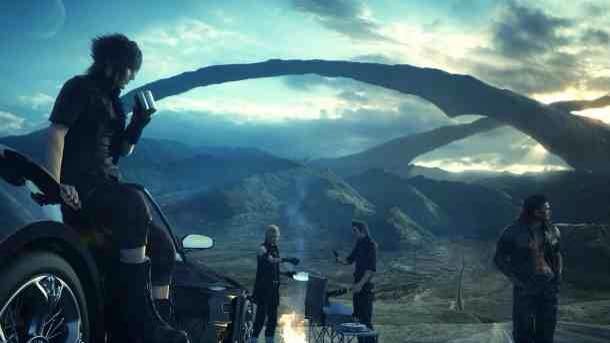
Final Fantasy XV
One of the most high-profile development cycles in gaming history is that of the upcoming Final Fantasy XV. Announced in 2006 as Final Fantasy Versus XIII, the game’s very existence was brought into question with repeated absences from general Square Enix conversation. The less and less the public knew about Versus XIII, the more and more likely it seemed that the game had been quietly canceled. When details began to emerge and Square Enix announced that the release platforms had jumped to PlayStation 4 and Xbox One, general interest was sparked once again. Through a name change, losing and gaining team members (most notably, the departure of director Tetsuya Nomura), and radical shifts in gameplay development, Final Fantasy XV is back on track – though a release date has still not been confirmed.
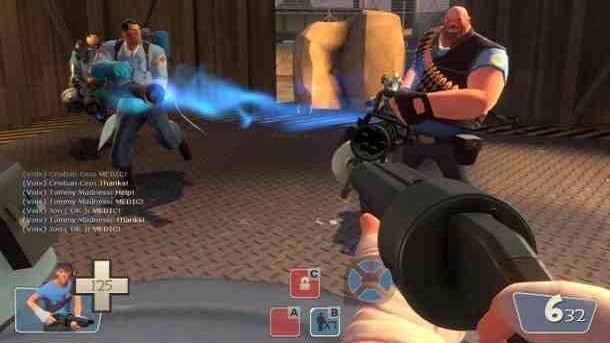
Team Fortress 2 (~1996 – 2007)
Development on Team Fortress 2 actually began as a mod for the 1996 PC game, Quake. When its developers, Robin Walker and John Cook, were hired by Valve Corporation, development began on Team Fortress 2 proper. At the time of conception, the game was envisioned as a realistic military shooter. The change in ownership affected the design as well as its production time; delays and entanglements with other Valve projects kept Team Fortress 2 out of the public eye until an EA showcase in 2006, where it was revealed to have ditched the realism in favor of stylized, class-based gameplay. The changes paid off; the visual style and class variety was well-received, and Team Fortress 2 has gone on to be one of Valve’s most popular titles.
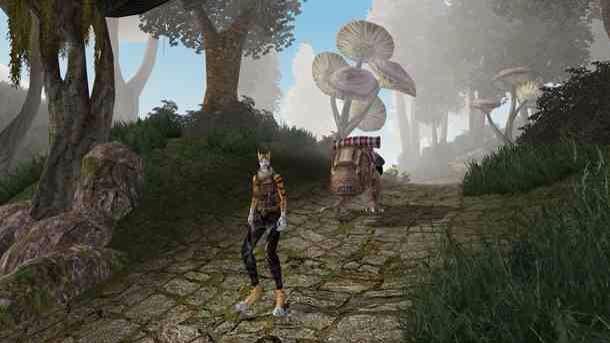
The Elder Scrolls III: Morrowind (1994 – 2002)
Morrowind was far too ambitious for its time – so its developers waited until the state of the art could catch up with their vision. The third numbered entry in Bethesda’s Elder Scrolls series began pre-production during the development of The Elder Scrolls II: Daggerfall. The scope was deemed too grand for the day’s technology, and it was shelved in 1997. Bethesda published Redguard in the meantime. Morrowind resurfaced in 2001 and was shown in full regalia at E3 2001 to pre-release praise and acclaim. After its release, the game retained its popularity until the 2006 release of the next game in the series, The Elder Scrolls IV: Oblivion.
Up next: A survival horror classic and the little platformer that could.

Resident Evil 4 (1999 – 2005)
Due to internal development turning points and changes in directorial decision-making, several versions of Resident Evil 4 have existed at different points in time. They’re usually split into distinct iterations based on their unique aesthetics: the “Fog” version saw protagonist Leon Kennedy wandering mansion and castle environments while being pursued by an intoxicating, black fog; the “Hooked Man” version more closely resembles the final product, with the revolutionary over-the-shoulder camera shooting mechanics; and an unnamed third prototype that was dubbed too formulaic and was scrapped before it was shown to the public. The final game released in 2005 to massive acclaim (it still holds up pretty well today), but its extended development cycle leaves interesting conjecture for how the series could’ve turned out.
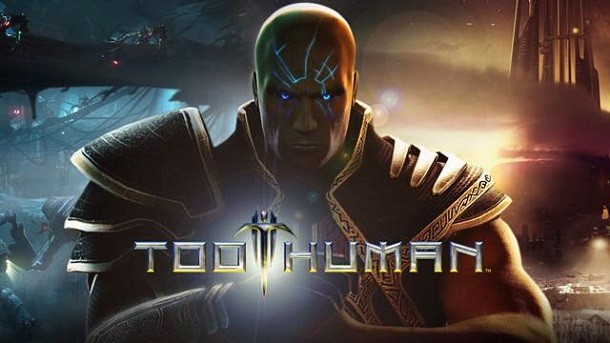
Too Human (1999 – 2008)
Too Human’s development cycle might not be the longest on this list, but it’s one of the most riddled and sordid stories in development hell history. Developer Silicon Knights initially announced the game in 1999, framing it as a PlayStation exclusive set in the distant future. Little was heard of the project until Silicon Knights announced a partnership with Nintendo, shifting development up to the GameCube. If not for the importance of other projects, including Metal Gear Solid: The Twin Snakes and Eternal Darkness: Sanity’s Requiem, Silicon Knights may have been able to stay the course for a GameCube release of Too Human; however, those projects took priority and prevented the game’s release. Silicon Knights changed partnerships for a third and final time in 2005, this time to Microsoft, with the intent to release Too Human as part one of a trilogy on Xbox 360. The game was planned for a 2006 release but didn’t come out until 2008, when it was received as a mediocre action game.
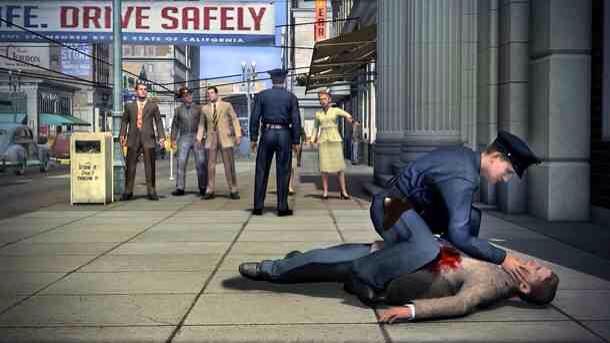
L.A. Noire (2003 – 2011)
In 2004, fledgling developer Team Bondi announced their first game for the next generation Sony platform to be funded in whole by Sony. L.A. Noire got its title and PS3 exclusivity in 2005 and Rockstar Games’ publishing in 2006. It was given a projected release window of 2008, which it missed. After several smaller delays and a porting to Xbox 360, its release was confirmed for May 2011. It was only after its release that the reasons behind its lengthy development history were revealed: Accusations of mismanagement, overspending, and mistreatment had contributed to the game’s purgatorial delays. Though the game performed well commercially, the effects of the controversy were felt long after release – Team Bondi’s past caught up with it, causing Rockstar to part ways with the developer. Rockstar took the L.A. Noire franchise with it after the split and has made little mention of a sequel.
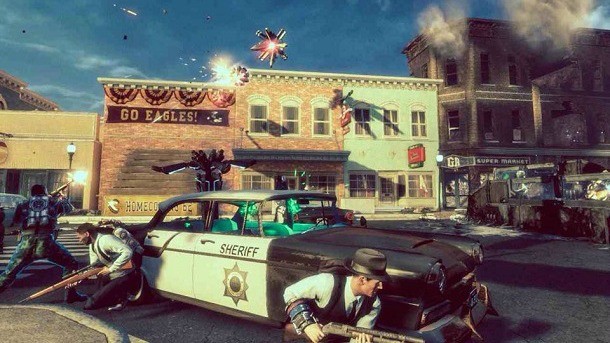
The Bureau: XCOM Declassified (2006 – 2013)
The Bureau started production at 2K Games under the title X-COM in 2006. BioShock and BioShock 2 took precedence shortly thereafter, only letting X-COM resurface in April 2010, when it was revealed to be a first-person shooter entry in the traditionally strategic XCOM series. The change wasn’t popular with fans, some of whom saw the choice as conceding to a fad rather than staying true to the series’ roots. To further complicate things, XCOM: Enemy Unknown (arguably the XCOM game fans truly wanted) was announced during The Bureau’s production, putting The Bureau in a difficult position for pleasing longtime followers of the series.
The Bureau was given (but missed) a 2011 release window, with 2K promising to tailor the game to better fit into the franchise. In an effort to speed up production, 2K Marin absorbed 2K Australia to pool resources. This proved ineffective for both teams, making communication between team members difficult. The communication breakdown led to issues coordinating the themes and gameplay. The scars of that struggle were evident in the game’s 2013 release, upon which it was given a lukewarm reception by critics.

Fez (2007 – 2012)
In 2007, Phil Fish, then an amateur game designer, announced his plan to develop Fez. It was an extremely ambitious project for one person to undertake, which led Fish to recruit Renaud Bédard to handle programming responsibilities. (Fish and Bédard’s lack of expertise would serve to lengthen the game’s development cycle.) The game became Fish’s full-time project in 2008, after which he received funding from the Canadian government to establish Polytron Studios and continue development on the game as an Xbox Live Arcade exclusive. Too soon, Polytron ran out of capital and was on the brink of oblivion when Warp developer Trapdoor offered to fund Fez in exchange for some of the game’s earnings after release. That was enough to keep the project alive, but it didn’t speed up the process by much. Fish’s issues with business associates and other roadblocks kept the game from players’ hands until 2012, when it earned critical acclaim and solid sales performance on Xbox Live Arcade.

